Search
Search Results
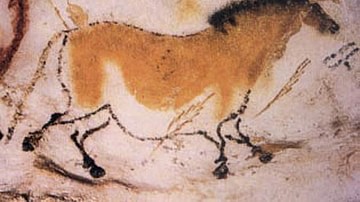
Definition
Lascaux Cave
Lascaux Cave is a Palaeolithic cave situated in southwestern France, near the village of Montignac in the Dordogne region, which houses some of the most famous examples of prehistoric cave paintings. Close to 600 paintings – mostly of animals...
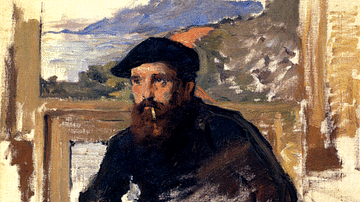
Definition
Claude Monet
Claude Monet (1840-1926) was a French impressionist painter who transformed modern art with his emphasis on light brushstrokes, bright colours, and uncluttered nature. Famed for his landscapes and series of paintings that captured the same...
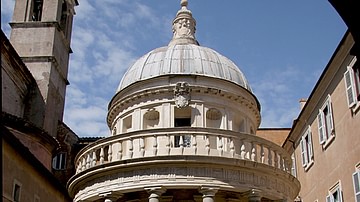
Definition
Donato Bramante
Donato Bramante (c. 1444-1514 CE) was an Italian Renaissance architect whose most famous project was the design for a new Saint Peter's Basilica in Rome, even if this work remained unfinished at his death. Bramante had also designed the influential...
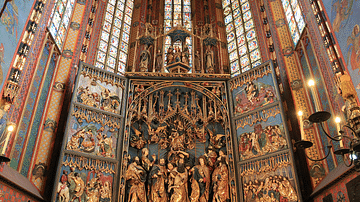
Article
Renaissance Altarpieces
During the Renaissance (1400-1600) just about any artist of worth found themselves commissioned at some point in their careers to produce an altarpiece. Some of the greatest names in European art were so called upon, from Jan van Eyck to...
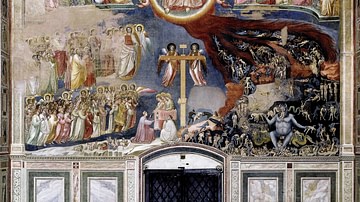
Image
The Last Judgement by Giotto
The Last Judgement by the Italian artist Giotto (b. 1267 or 1277 - d. 1337 CE). The scene is part of a cycle of frescoes showing the life of the Virgin Mary and Jesus Christ. Scrovegni Chapel (aka Arena Chapel) in Padua, northern Italy. From...

Image
Kiss of Judas by Giotto
The Kiss of Judas panel by the Italian artist Giotto (b. 1267 or 1277 - d. 1337 CE). The scene is part of a cycle of frescoes showing the life of the Virgin Mary and Jesus Christ. Scrovegni Chapel (aka Arena Chapel) in Padua, northern Italy...

Image
Crucifixion by Giotto
The Crucifixion by the Italian artist Giotto (b. 1267 or 1277 - d. 1337 CE). The scene is part of a cycle of frescoes showing the life of the Virgin Mary and Jesus Christ. Scrovegni Chapel (aka Arena Chapel) in Padua, northern Italy. From...
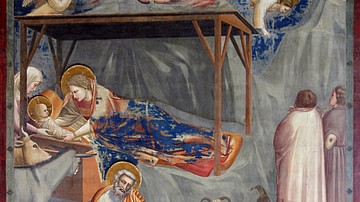
Image
The Nativity by Giotto
The Nativity by the Italian artist Giotto (b. 1267 or 1277 - d. 1337 CE). The scene is part of a cycle of frescoes showing the life of the Virgin Mary and Jesus Christ. Scrovegni Chapel (aka Arena Chapel) in Padua, northern Italy. From c...
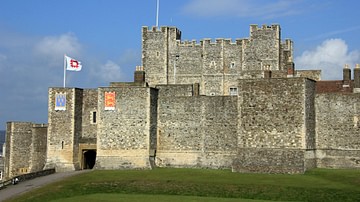
Definition
Medieval Castle
Medieval castles were built from the 11th century CE for rulers to demonstrate their wealth and power to the local populace, to provide a place of defence and safe retreat in the case of attack, defend strategically important sites like river...

Definition
Andrea Mantegna
Andrea Mantegna (c. 1431-1506 CE) was an Italian Renaissance artist most famous for his use of foreshortening and other perspective techniques in engravings, paintings, and frescoes. Another common feature of Mantegna's work is his frequent...